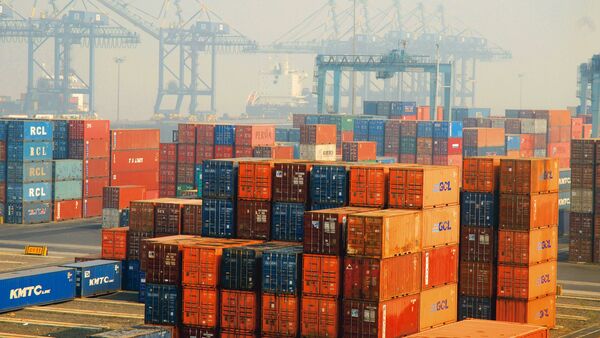India’s new Foreign Trade Policy (FTP) exhibits a transformational departure from earlier trade policies in multiple ways, making it futuristic, flexible and dynamic in addressing the ever-changing needs of international business and our trading community. The policy sets a target of achieving exports worth $2 trillion by 2030 and outlines a broad strategy to achieve it. Given India’s total exports of goods and services have touched over $760 billion, and with futuristic policy measures unveiled in the FTP, it seems India may achieve that target earlier than expected. Targeted interventions have already resulted in exports of electronic goods jumping by 162% from $6 billion in 2015-16 to $16 billion in 2021-22, of engineering goods by 81% to $112 billion, and of toys by 89% to $546 million.
The FTP 2023 is a unified document, delineating with impressive precision the vision of the government, unlike earlier policies that had multiple parts, detailing incentive schemes and rebates, procedural modalities and even input-output norms. Thus, earlier trade policies were largely confined to short-term measures primarily focused on a few incentives that were hardly sustainable and showed little strategic intent.
That the FTP has no end date is also a significant departure from earlier policies that tended to have a duration of 3 to 5 years, but required so many amendments from time to time that the essence of the initial document got altered. An FTP with no end date addresses the needs of international trade dynamics, providing enormous flexibility for policy measures as and when required.
Lending export competitiveness to Indian products is the key focus of the new policy. It puts behind us the era of incentives, with remission of duties emphasized instead to go with moves aimed at easing taxation and operations along the entire trade cycle. It is no secret that a substantial part of financial subsidies have considerable seepage before they reach the intended beneficiaries. Moreover, even importers hardly hesitate to get a share in such subsidies, by forcing price cuts in many a case.
Key policy measures that will benefit exporters include the digitization of applications for export-import licences as well as several export promotion schemes, such as advanced authorization, the exports promotion capital goods (EPCG) scheme, duty-free import authorization (DFIA) scheme. All these will be paperless and online. Also, rules-based automatic approval systems that use business-analytic tools are being implemented by the Directorate General of Foreign Trade (DGFT), with a promise of single-day processing. This is likely to speed up export operations.
The benefits of India’s self-ratification scheme for fixing input-output norms being extended to two-star and above status holders would greatly reduce operational hassles for exporters. Moreover, the export-performance threshold for recognition of status holders has been considerably lowered, especially at the higher end. For instance, five-star export houses would now require just $800 million in exports, down from $2,000 million, to qualify for that status. This would help more beneficiaries and reduce transaction costs.
To boost exports of manufactured goods, a host of targeted interventions, such as the inclusion of the Prime Minister Mega Integrated Textile Region and Apparel Parks (PM Mitra) scheme for benefits under the Common Service Provider (CSP) label as part of the EPCH scheme. Extension of the special advance authorization scheme to the apparel and clothing sector would also facilitate speedy exports.
Special measures have been taken to support the dairy industry to upgrade technology by way of an exemption from export obligations otherwise applicable. This would go a long way in the export-orientation of this sector. India is the world’s largest milk producer, with a 24% global share of milk production but less than 0.5 % of world dairy exports.
To promote sustainability and climate change, the latest FTP provides for reduced export obligations for battery electric vehicles, vertical farming equipment, wastewater treatment and recycling, rainwater harvesting systems and green-technology products.
A special emphasis has been laid on promoting e-commerce exports. These are expected to reach $200-300 billion by 2030, with the setting up of e-com export hubs backed by a separate policy framework. Extending FTP benefits to e-commerce exports, doubling the value limit for exports through courier services to ₹10 lakh and special outreach and training activities for small e-commerce exporters would help the country achieve that target.
The internationalization of trade in the Indian rupee, with enabling provisions for the grant of export incentives and fulfilment of export obligations in rupees, is also commendable.
The new FTP envisages active participation by Indian states in export promotion; it encourages this at the district level through the One-District-One-Product scheme and its promotion of district export hubs. The FTP also calls for the proactive involvement of Indian missions abroad not only in market identification but also facilitating the entry of Indian products to overseas markets, marking a strategic transformation in India’s export strategy.
Rakesh Mohan Joshi is a professor at the Indian Institute of Foreign Trade
Download The Mint News App to get Daily Market Updates.
More
Less
#foreign #trade #policy #transformational #futuristic
